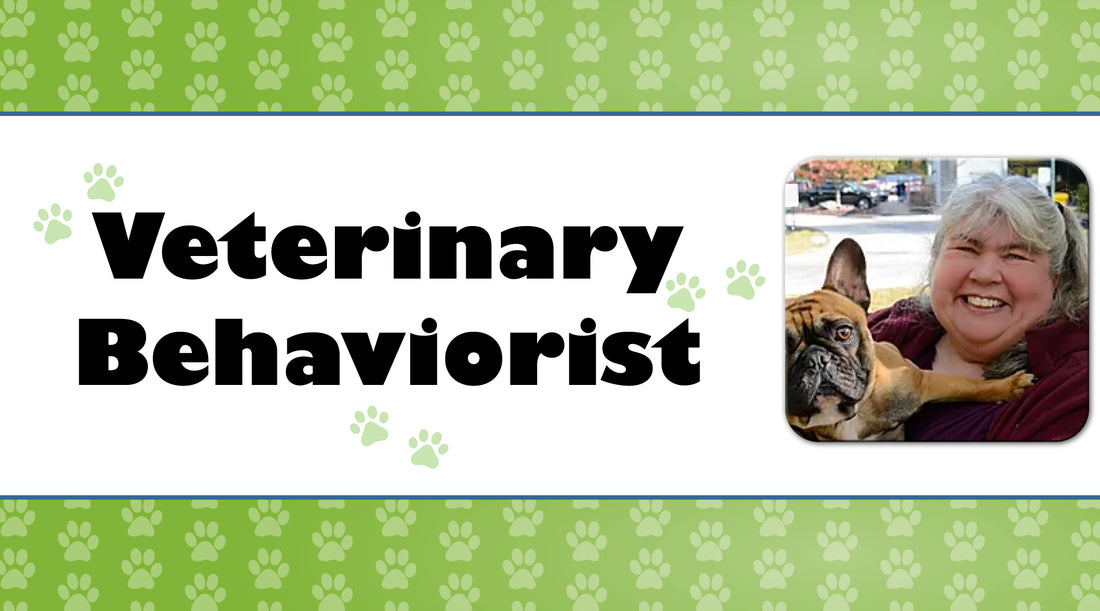By Christine D. Calder,
DVM, DACVB
Calder Veterinary Behavior Services, www.caldervbs.com
Traveling with pets can be a fun adventure, but you need to plan to keep everyone safe and comfortable. Always make sure your dog is secure in the car. Letting your dog move around freely can be dangerous for both of you. Use a harness in the back seat or put your dog in a secured crate or kennel. Impact-resistant crates are safer than metal ones, but they can get hot. To keep your dog cool, use battery-operated fans and consider opening the moon roof, as heat rises and escapes better this way.
If you plan to travel with your dog, start getting him ready when he is young. Introduce your dog to car rides early and make the experiences enjoyable. Teaching your dog to enter and exit his crate on his own also helps with safety. If your dog is fearful, he might need special help, or it could be better for him to stay at home.
On long drives, remember to take frequent breaks. Just like people, dogs need to stretch and relieve themselves. Stop regularly at grassy areas near gas stations or rest areas. Offer your dog water after these breaks, even if he does not always drink it. Planning your stops at rest areas along the Interstate is a good idea; some even have fenced-in areas for dogs.
When you arrive at a hotel or motel, leave your dog in the car while you check in and unpack. This way, you can focus on your dog when you bring him inside. Pay attention to your dog as you walk through hallways and always watch what is ahead to avoid surprise encounters along the way such as strangers, other dogs, kids, or other animals.
Accidents can happen in the room or while walking around the hotel. Pack paper towels and enzyme-based cleaners in case your dog has an accident, and you need to clean it up. Always keep a first aid kit in your car for minor injuries or needs. Many hotels allow pets but do not allow them to be left alone in the room. Plan with your travel companions so someone can stay with the dog during activities like breakfast.
Bringing familiar items from home, such as water, food, toys, puzzle toys, and blankets, can help your dog settle in quickly since these items smell like home and keep his routine as normal as possible. Stick to your dog’s regular potty and exercise schedule. Use Google Maps to find places to stay with grassy areas or nearby parks. Some campgrounds even have fenced-in yards for dogs.
Dogs may bark more in new places. Use food-dispensing toys and portable Bluetooth speakers to keep your dog busy and drown out outside noises. If your dog is anxious or scared, he might not be ready for this kind of travel.
Finally, your dog does not need to meet every person or dog he sees. Use a front-clip harness and a 4–6-foot leash to manage your dog. Avoid strangers and other dogs to keep your dog comfortable. If your dog is uncomfortable in crowds, it might be best to leave him at home.
By following these tips, you can have a safe and enjoyable trip with your pet.

